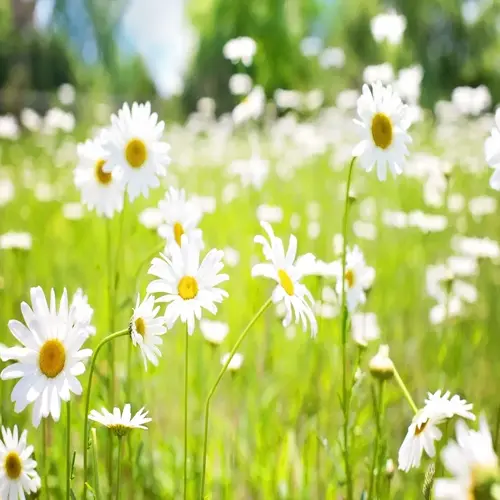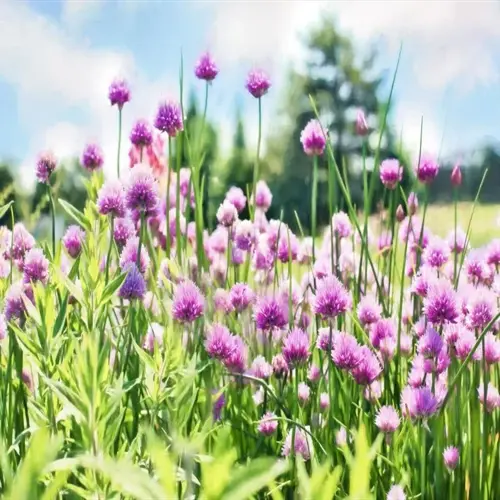What temperature range is ideal for dill?

Written by
Tina Carter
Reviewed by
Prof. Martin Thorne, Ph.D.Dill has distinct temperature ranges for the stages of growth, especially during leaf production. Dill prefers an optimum range of moderate temperatures, 60-75°F (16-24°C), for optimal leaf production. Below 50°F (10°C), growth is extremely slow, and above 85°F (29°C), dill will bolt too soon. I even watch the temperatures every day during critical growth periods.
Germination Requirements
- Ideal soil temp: 60-70°F (15-21°C)
- Use heat mats below 50°F (10°C)
- Cover with row fabric for warmth
Vegetative Growth
- Optimal range: 65-75°F (18-24°C)
- Provide afternoon shade above 80°F (27°C)
- Mulch soil to regulate root temperature
Heat Stress Prevention
- Install 30% shade cloth above 85°F (29°C)
- Water deeply during heat waves
- Mist leaves in early morning
By using common sense to safeguard dill from temperature extremes and protect it as necessary, you can ensure your plants stay healthy and productive. Place row cover material above the plants during any cold spells, and provide shade covers during hot spells. I maneuver potted dill on a wheeled cart to move quickly between sun and shade throughout temperature changes.
Check the soil temperatures for successful planting. Check soil conditions before sowing seeds with a thermometer. Use black plastic to warm the soil in the early spring. Once temperatures stay above 50°F (10°C) at night, plant your seeds. This ensures that your seeds are not stunted in their growth and have good germination rates.
Be aware of the signs to look for so you can react quickly. Bolting shows symptoms of heat stress and needs shade. Purple leaves show signs of cold damage and need protection. Slow or stunted growth suggests there is an issue with soil temperature. These are a few signs I like to look for when monitoring and checking plants in the morning and evening, amidst consistent transitions throughout the seasons.
Read the full article: How to Grow Dill Successfully

